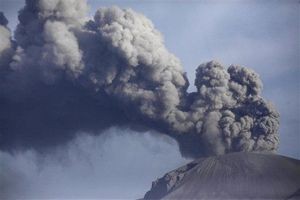What is brontology?
Brontology is the scientific study of thunder.
All thunder results from lightning.
A bolt of lightning rapidly heats the air around it, which causes the air to quickly expand and generate a sound wave we call thunder.
This sound wave travels through the atmosphere, and how it travels is a function of the atmospheric conditions.
Some thunder sounds loud and crisp, while in other cases it rumbles and lasts a few seconds.
The sound of thunder is a function of how far away the lightning is from us.
Sound waves interact with objects in multiple ways.
As sound waves move through the atmosphere, they are absorbed by molecules in the air.
The waves can bend around objects, such as trees and leaves, or be absorbed by those objects.This muffles the sound.
Rapid changes in wind speed or wind direction can influence the direction of a sound wave, which can also affect whether we hear it.
As sound waves travel through the open air, they can change the direction in which they are traveling.
In the lower atmosphere, the temperature of the air generally is cooler with increasing height above the ground.
Cooler air over warmer air causes the sound wave to bend upward away from the ground. In this condition, we may see the lightning but not hear the thunder.
We refer to this as heat lightning; we see the light but don’t hear the thunder because the sound wave never reaches our location.
An acoustic shadow zone is an area in which the sound wave does not propagate.
You can be in an acoustic shadow with heat lightning.
— Steve Ackerman and Jonathan Martin, professors in the UW-Madison department of atmospheric and oceanic sciences, are guests on WHA radio (970 AM) at 11:45 a.m. the last Monday of each month.



